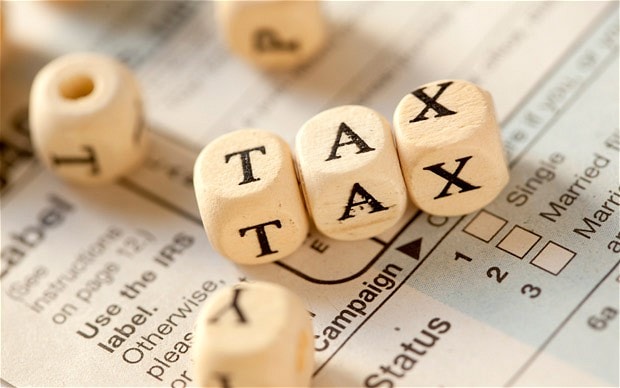Most people would like to see their money go further but lack the financial expertise to make the most of their pension and savings.
But there are some simple rules that will help, after all the saying says if you look after those pennies, the pounds will take care of themselves.
One of the important aspects of funding retirement is deciding the best order for spending savings held in different products – like cash in the bank, ISAs and pensions.
The principle is if you spend the money in the right order, you pay less tax, so keep more for yourself.
That means leaving cash in any account which offers tax breaks and spending other savings first.
British retirement savers pick up a tax boost when they pay into a pension and should watch out for tax when they draw the money out.
The financial pecking order
For savers with money in the bank, plus cash in an ISA and a pension, the bank money should be spent first because no tax is paid on withdrawal and capital suffers from inflation and tax on meagre interest.
Next comes the ISA, as tax is paid before the cash goes into the ISA and no tax is due when it is spent.
Pensions are last in the financial pecking order. Like ISAs, tax is paid on the way in, nothing while cash sits in the fund, but after the 25% tax-free lump sum, the balance is subject to income tax.
Paying into a pension can also help savers pay less tax.
Pay less tax with a pension
Financial firm Aegon calculates that someone earning £49,000 a year (2017/18) and paying 40% tax on anything earned over £45,000 can remove themselves from the higher rate tax bracket by putting £3,200 into a pension.
Tax breaks top this up to £4,000, which is deducted from gross earnings, leaving the saver with tax to pay on £45,000 at the basic rate.
Wealthy taxpayers earning more than £100,000 a year can use the same trick to keep their tax-free personal allowance instead of seeing the amount diminish on a sliding scale.
Aegon calculates again that someone on £123,000 a year will lose their £11,500 personal allowance when £1 is deducted from every £2 they earn as adjusted net income above the £100,000 threshold.
“By doing this, a full tax-free personal allowance would be reinstated, giving an effective rate of tax relief on this pension contribution of 60%,” said Kate Smith, a spokesman for the firm.
